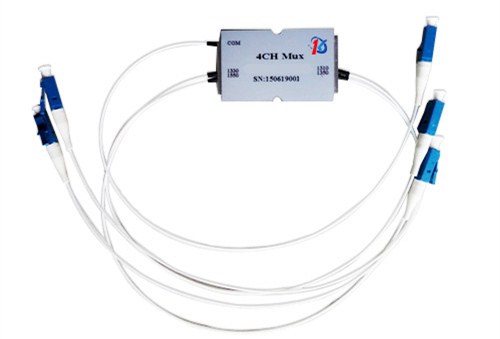How do I select the right in-line polarizers? If you also have the same question in mind, then this guide will help you learn all those things that you should know for choosing the best in-line polarizers for your applications. But why do you need to buy only the best in-line polarizers? Why does their quality matter?
In-line polarizers are the small and compact fiber optic devices placed in line to improve and enhance the extinction characteristics of a fiber optic cable. They are designed to allow only one pre-defined polarization state and block the transmission of all other polarization states. Their use in many industries has become vital because if polarization extinction degrades in the fiber, it can lead to significant noise interference and reduce the performance of the entire fiber optic system.
Thus, one should never cut corners when buying in-line polarizers and should choose only the highest quality. So, without any delay, let’s find out how to buy the best in-line polarizers.
Things to Consider When Choosing the Best In-Line Polarizers
- Polarization
It is no secret that light waves are highly susceptible to noise and interference, which is very harmful to the fiber optic systems’ performance and quality. Thus, to avoid unwanted interference and improve the performance of signals, in-line polarizers that have better control on the transfer of desired polarization state and block unwanted polarization states are considered the best choice. In short, it must transmit only linearly polarized light with a high extinction ratio and low insertion loss.
- Signal Characteristics
The next thing you need to keep in mind includes signal characteristics. All fiber optic systems transmit light waves characterized by wavelength. Besides, a light signal is also characterized by the optical power of the signal, which is measured in dBm or mW. Due to the nature of the transport medium (i.e. fiber), fiber optic systems transmit usually longer light waves from red (650nm) to the infrared region. That’s why you see 650 nm in-line polarizers, 980nm in-line polarizers, etc. on the market.
Shorter wavelengths get perturbed due to scattering of the light source, and absorption bands at certain frequencies further attenuate the signal. Therefore, long wavelengths work better for fiber optic systems.
- Optical Power
Optical power is the measure of wavelength and photon density. Usually, low-power signals are used in fiber optic systems. The most common units used for optical power are dBm or mW (milliwatts). A power level of 0 dBm is equivalent to 1mW, -10 dBm is 0.1 mW, and +10 dBm is equivalent to 10 mW.
- Preferred Cable Type
In fiber optics, there are two cable types: single mode optical fiber and multimode optical fiber. While single-mode fiber cable allows a single path for light, multimode fiber cable offers multiple paths for light. It is important to note that multimode fiber cables limit the distance that a signal can travel as multiple paths of transmission force the different modes of light to disperse, and hence, they also limit transmission bandwidth. On the other hand, single-mode fiber cables facilitate signal transmission at very high bandwidth and long transmission distances.
If you need high-quality 980nm in-line polarizers or in-line polarizers with other wavelength requirements, get in touch with DK Photonics.



